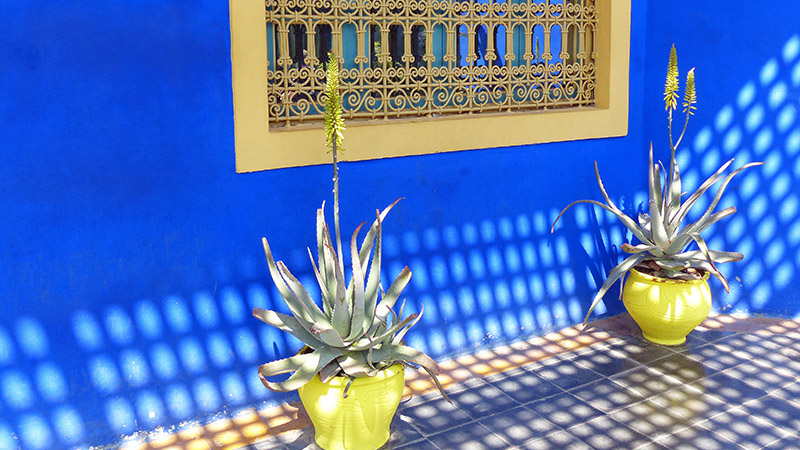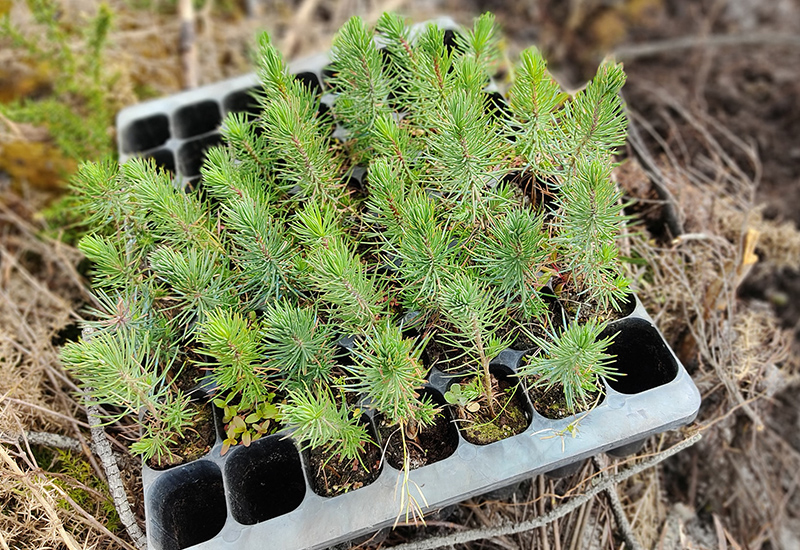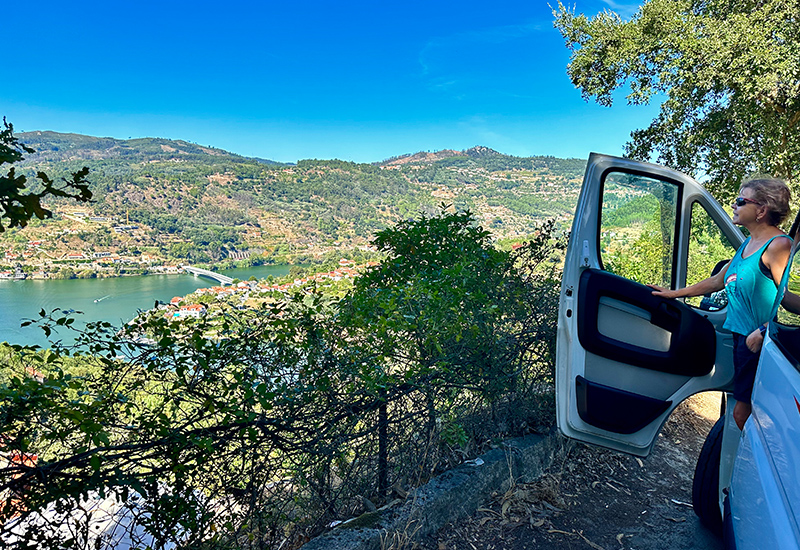This ‘wonder plant’ has been proved by NASA to have air-purifying qualities and is known for its medicinal and anti-bacterial qualities. Here is all you need to know.
By Tamsin Varley
Aloe vera is a commonly found succulent endemic to the Arabian Peninsula which has naturalised in North Africa and Southern Europe. It is an almost stemless shrub with a rosette of mid-green spotted fleshy leaves with soft serrated edges. It has a stiff flower spike that grows above the plant and has numerous tubular hanging yellow or orange flowers. It produces prolific offsets too so it’s very easy to propagate and share with your friends. Being a succulent, it does not require much water and if you grow it in a pot indoors, it has low maintenance requirements.
Outdoors, I grow mine in flower beds that have some shade during the heat of the day as, having so much water in their leaves, they can burn in strong sunlight. Indoors, it needs strong indirect sunlight; water cautiously and only when it has almost dried out and, if you remember, rotate it every month or so.
In 1989, a team from NASA conducted a ‘clean air study’ to tackle what was known back then as ‘sick building syndrome’. This was caused by sealing buildings to reduce energy consumption,but sacrificing natural ventilation and fresh air as a result. The team also discovered that some building materials used at that time emitted harmful chemicals adding to the air pollution. They concluded there was a relatively simple fix to these issues which could be mitigated by introducing nature’s life support system’ – in other words, plants.
Researchers studied the beneficial aspects of a wide variety of plants and Aloe vera was one of eighteen that they considered most effective at naturally filtering out air pollutants. In particular, Aloe vera purifies the air from formaldehyde and benzene which are chemicals commonly found in household cleaning products, paints, glues, furniture polish, lacquers and composite wood products. Another huge benefit of Aloe vera is that it is very efficient at releasing oxygen during the day and absorbing carbon dioxide at night so if you have a plant in your bedroom, it may help you sleep better.
Apart from purifying air, Aloe vera has been used as a medicinal plant for centuries. The gel from the leaves is packed with vitamins and has antibacterial properties too so is perfect for treating minor cuts and burns, sunburn and skin conditions including eczema, acne and psoriasis. To extract the gel for home use, just cut a leaf from the plant close to the base. Where it has been cut, a yellow liquid will be produced, which can cause irritation. Stand the leaf upright in a sink and let the liquid drain out of it for ten minutes or so and wash it away. Then peel the skin off the side and front of the leaf using a sharp knife and then use a spoon to scrape the gel off the remainder of the leaf. Puree the gel chunks in a blender until you get a frothy gel, which can be stored in an airtight container in the fridge for up to two weeks.
The homemade gel can be used to propagate plant cuttings as a substitute for commercial rooting powders, as a natural facial moisturiser and toner, and, if mixed with coconut or olive oil, as a hair tonic. There are many commercial Aloe vera products too – just ensure you use one with as much natural product as possible.
Tamsin Varley is a member of Clube Dos Bons Jardins, a small, friendly multi-national garden club that meets at a different location around the Algarve on the 2nd Tuesday every month except over the summer with an optional lunch afterwards.
algarvecbj@gmail.com
















